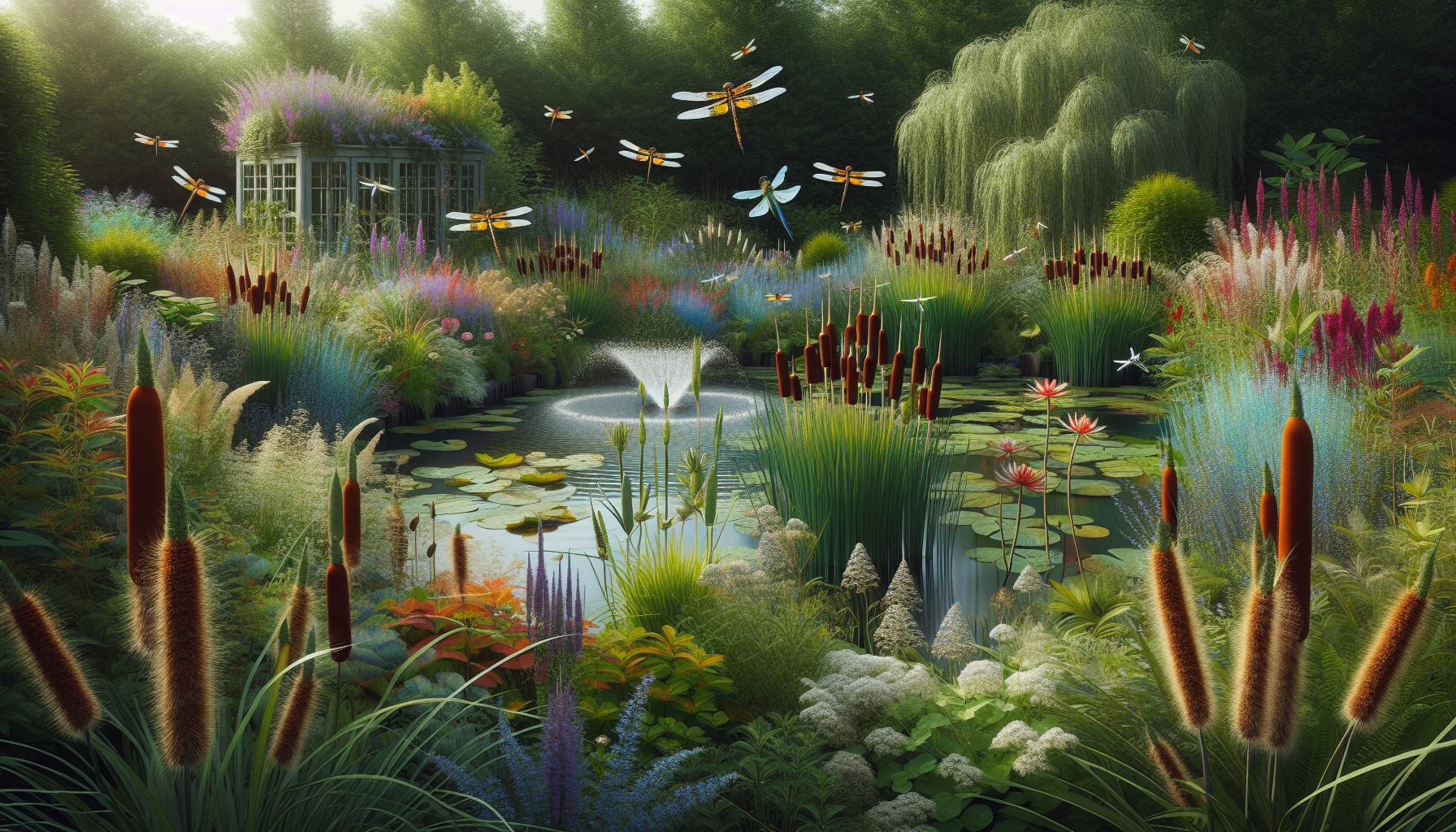
what plants attract dragonflies
What Plants Attract Dragonflies?
Dragonflies are not only stunning to look at, but they are also beneficial to your garden as natural pest controllers. Attracting dragonflies to your yard is easier than you might think — all you need is the right combination of plants and water features to create a welcoming habitat. In this article, we’ll explore the best plants to attract dragonflies and tips for creating a dragonfly-friendly garden.
Why Attract Dragonflies?
Dragonflies are voracious predators of mosquitoes, gnats, and other small insects. A single dragonfly can eat hundreds of mosquitoes in a day, making them a natural and eco-friendly way to control pests. Additionally, dragonflies contribute to the biodiversity of your garden and add a touch of elegance with their vibrant colors and graceful flight patterns.
Top Plants That Attract Dragonflies
Dragonflies are drawn to plants that provide perching spots, food sources for their prey, and areas for laying eggs. Here are some of the best plants to include in your garden:
1. Water Lilies (Nymphaea)
Water lilies are a favorite among dragonflies because they thrive in ponds and other water features where dragonflies lay their eggs. Their broad leaves also provide excellent perching spots for dragonflies to rest and bask in the sun.
2. Arrowhead (Sagittaria)
This aquatic plant grows well in shallow water and features arrow-shaped leaves and delicate white flowers. Arrowhead plants attract insects that dragonflies feed on, making them an essential addition to any dragonfly-friendly garden.
3. Cattails (Typha)
Cattails are tall, reed-like plants commonly found near ponds and wetlands. They offer excellent perching spots for dragonflies and support a thriving insect ecosystem that serves as a food source.
4. Pickerelweed (Pontederia cordata)
With its vibrant purple flowers, pickerelweed is not only beautiful but also a favorite for dragonflies. This aquatic plant grows well in shallow water and attracts pollinators and small insects that dragonflies prey on.
5. Black-Eyed Susan (Rudbeckia hirta)
Although not an aquatic plant, black-eyed Susans are excellent for attracting pollinators like bees and butterflies, which in turn attract dragonflies. Their bright yellow flowers add a cheerful touch to any garden.
Tips for Creating a Dragonfly-Friendly Habitat
In addition to planting the right flora, here are some tips to make your garden even more inviting for dragonflies:
- Incorporate a Water Feature: Dragonflies are closely tied to water. Adding a pond, fountain, or even a small water container can provide a place for dragonflies to breed and lay eggs.
- Add Rocks and Sticks: Place flat rocks and sturdy sticks around your water feature to give dragonflies places to perch and dry their wings.
- Reduce Pesticide Use: Avoid using pesticides in your garden, as they can harm the insects that dragonflies rely on for food.
- Provide Native Plants: Native plants are better suited to your local ecosystem and will attract the right insects to support dragonflies.
Conclusion
By incorporating dragonfly-friendly plants and features into your garden, you can create a thriving ecosystem that benefits both the environment and your outdoor space. Not only will you enjoy fewer pests, but you’ll also get to watch these fascinating creatures dance through your garden. Start planning your dragonfly-friendly garden today!
For more gardening tips and wildlife-friendly ideas, check out our Gardening & Wildlife section.